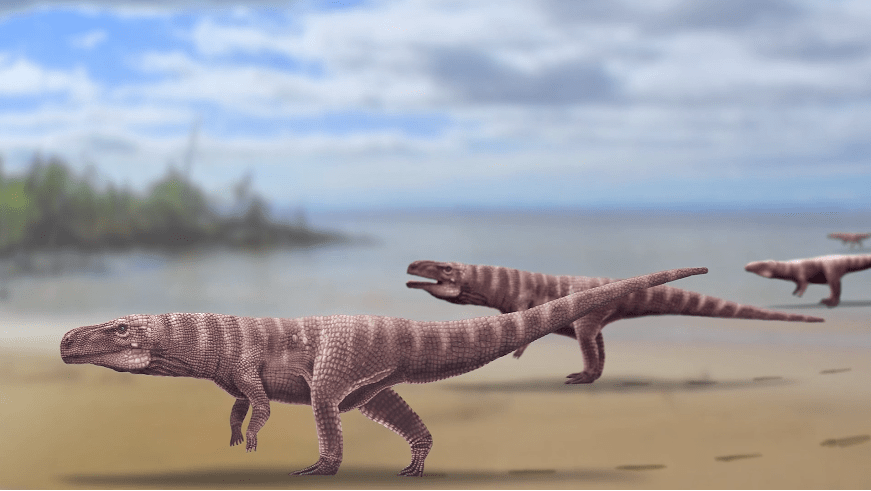(CBS News) – A cluster of massive great white sharks – some of which researchers have been tracking for more than a decade – has gathered about 20 miles off the coast of the Carolinas.
Some of sharks even have names: Cabot, Hal, Jane, Jefferson, Brunswick, and Luna – a 15-footer who weighs in at more than 2,000 pounds. Great whites can tip the scales at up to 4,000 pounds and grow to be 17 feet long, and their numbers on the Atlantic Coast are on the rise.
There’s a reason Luna and her friends are so well-known, they’re being tracked by Dr. Robert Hueter, a senior scientist for the ocean research organization Ocearch.
“In our studies, we have tagged about 43 sharks,” Hueter said. “And six of the largest ones are off of the Carolinas… They’re not right up close to the beach, so no worries for the swimmers.”
Hueter and his team have been studying the sharks’ migration patterns around the world. Luna, for example, is on a typical migration. She moved south to the warmer waters of Florida between October and December and is now making her way back up north for the summer.
“These sharks have been coming here for a millennia; for as long as the East Coast of the United States has existed, these sharks have been in their waters,” Hueter said.
There’s something else here that could also be encouraging these sharks to stick around. Experts say shipwrecks in the region provide artificial reefs that thousands of fish now call home.
“One of the really unique aspects off the North Carolina coastline, we have thousands and thousands of shipwrecks,” said Brian Dorn, associate director of North Carolina Aquarium at Fort Fisher. “So when sharks come in, there’s big fish, small fish, this whole food chain that now exists on all these wrecks … I do believe we’re seeing more sharks come back because of protections that are in place. So it’s a conservation success story.”
The next part of the journey for these sharks is up the coast as far as Newfoundland.
Shark attacks are rare, but you can take extra precautions: They are attracted by shiny jewelry and colorful swimsuits, and the risk is greater at night than during the day.









